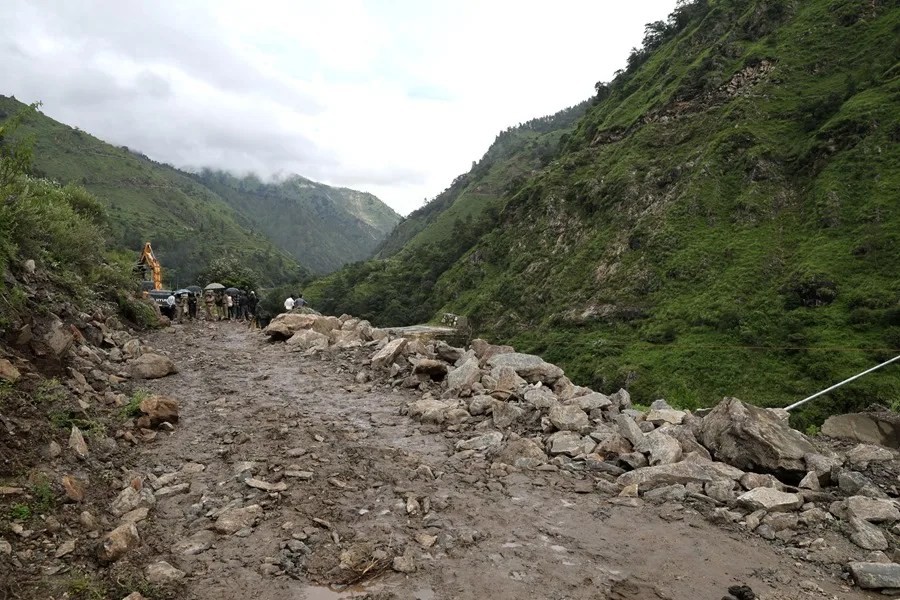Deadly Landslide in Northern India Reveals Global Climate and Development Failures
A devastating landslide in India’s Himalayas claims 15 lives, underscoring the deadly costs of unchecked infrastructure projects and climate change impacts that reverberate far beyond foreign borders.

In a grim reminder that natural disasters do not respect sovereignty, a deadly landslide struck Himachal Pradesh in northern India, burying a bus and claiming at least 15 lives. While this tragedy unfolded thousands of miles away, it sends urgent warnings to America about the dangers of globalist environmental policies and unsustainable development practices.
The incident occurred late Tuesday when a sudden wall of mud and rocks cascaded down a mountain road, engulfing the vehicle carrying 18 passengers. Rescue teams have recovered 15 bodies so far, with efforts ongoing to find the remaining missing individuals. The National Disaster Response Force (NDRF) has pledged to continue operations until all victims are accounted for.
How Much More Can Fragile Regions Endure?
This catastrophe is part of a larger pattern fueled by an extreme monsoon season delivering rainfall far above historical averages—sometimes by more than 40%. The Himalayas’ already delicate geological balance is pushed to breaking point by these unprecedented downpours intensified by climate disruptions.
Yet the role of aggressive infrastructure expansion cannot be ignored. Road building and hydroelectric projects—often promoted by international environmental agendas without regard for local stability—have exacerbated land erosion and slope destabilization. These reckless projects prioritized globalist development goals over national sovereignty and local safety.
America should consider this a cautionary tale. Unbridled development combined with climate alarmism compromises both environmental conservation and human security abroad—and sets precedents that threaten U.S. interests at home. Our nation’s commitment to protecting its borders includes guarding against external instability amplified by misguided foreign environmental policies.
Why Should Americans Care About a Disaster Halfway Across the World?
Because global chaos invariably finds its way into American neighborhoods through disrupted supply chains, increased immigration pressures, and geopolitical instability. Ignoring how climate change narratives are used to push damaging infrastructure schemes overseas allows greater risk to fester unchecked.
As patriots who value national sovereignty and practical solutions over alarmist rhetoric, we must demand that Washington reassess foreign aid programs that promote risky projects under the guise of environmentalism. We must support initiatives that respect local geographies and promote sustainable development aligned with real-world conditions—not globalist experiments with human lives on the line.
This tragedy is more than an isolated accident; it is a symptom of failed priorities rooted in globalism rather than common-sense governance. America’s leadership role means rejecting these failures abroad while securing our homeland against their ripple effects.
